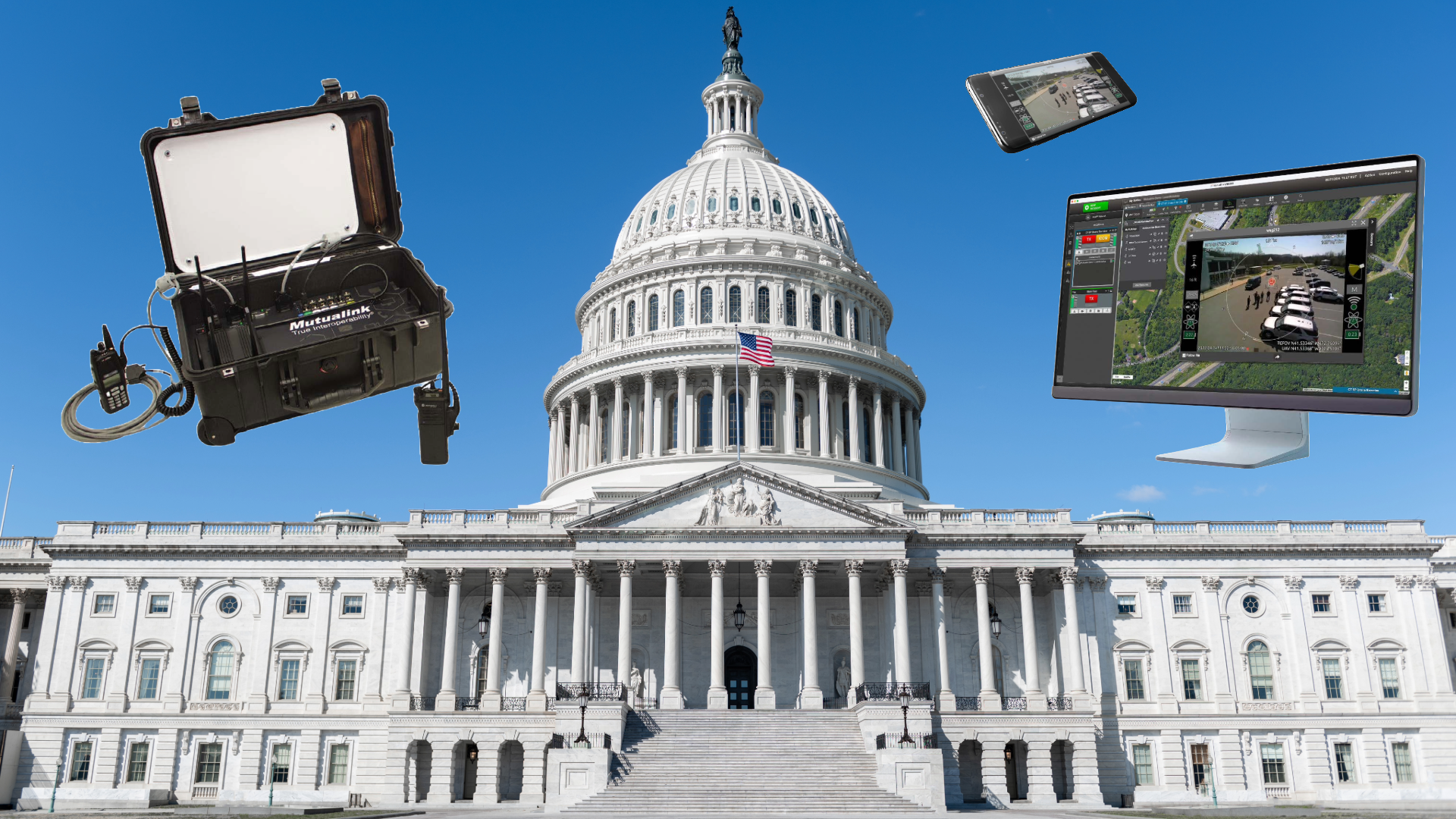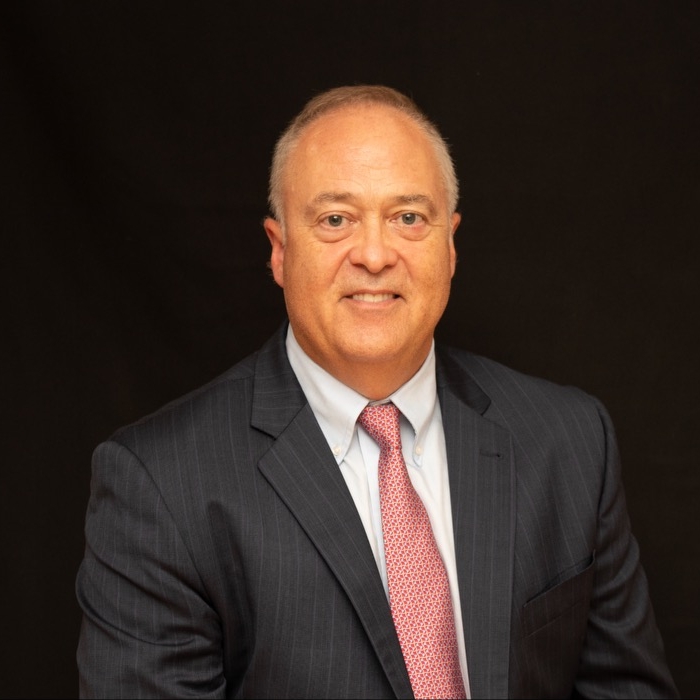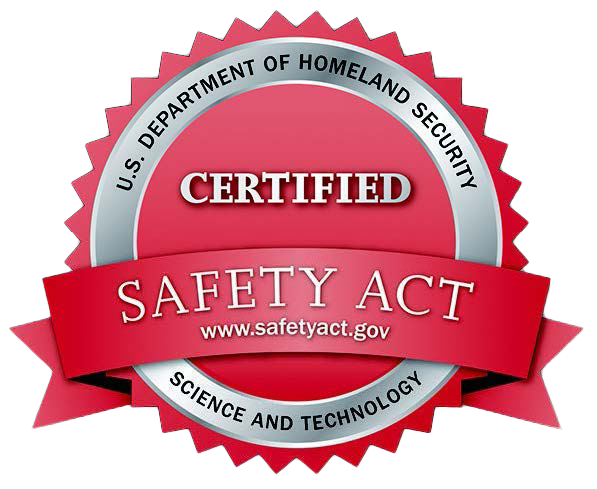By Mark Anderko – Sr. Director of Program Operations for Mutualink
Operationalization by definition is the process of making something functional by putting something into effect. To further understand this definition, we must understand what the word effect means in this context.
Effect – A change which is the result or consequence of an action or other cause.
The process of operationalization takes a fuzzy concept and redefines it in a way that allows solutions to be measured empirically and quantitatively. When we attempt to quantify, we define the application for the use of all.
What this initial conversation lack is the influence of creative problem solving. This proven method for approaching a problem or challenge in an imaginative and innovative way helps to redefine challenges. It identifies opportunities in new innovative responses and solutions to be but into action. And that’s THE KEY to operationalization.
How Do We Shift the Paradigm?
There is an old saying, “if it ain’t broke – don’t fix it”. This deliberate ungrammatical expression dates from the mid 1900’s. It represents a flawed mindset in the sense that it is only concerned with the now—the short term. And it completely negates the long term. Why fix what’s not broken? Perhaps because it’ll soon be outdated, out of style, out of interest. And ultimately, out of mind. Most often, problems don’t surface until it’s too late. And then we’re kicking ourselves because we didn’t fix it or because we didn’t explore the opportunity to experiment and grow.
The expression that should be shouted is “if it ain’t broke – break it”.
In Stephen R. Covey’s paradigm-shifting work, 7 Habits of Highly Effective People, habits 6 and 7 apply well to this conversation:
-
-
- Synergy
- Sharpen your saw
-
Using synergy allows for the understanding of multitasking and how to integrate systems. When you sharpen your saw, it furthers the understanding of working smarter not harder. As you begin to employ these concepts you increase competency. And increasing competency raises the ability to influence. So you will see that we do not have the time to NOT sharpen our saws. Moreover, an excuse to not sharpen the saw can be seen as an excuse for future failure and mediocrity.
How to Implement Program Operations
I encourage you all to look at the solutions you have in place and ask yourselves, “Has this solution been properly operationalized within my organization?”. Here’s a checklist to get you started.
-
-
- Train (Basic Functions)
- Place the solution in policy and procedure for proper and continuous action
- T.E. Functional Training Event (Application in a controlled environment)
- Synergy – Develop work groups and relationships with other end users
- Use in Day to Day Environment
- Use in large scale events
- Perform gap analysis to improve usage
-
Once you’ve implemented all seven of the points above, you’re in good shape and on your way to successful operationalization. As a result, your organization is fully functional.
_____________________________
Mark Anderko is a retired Deputy Chief of Police from New Jersey. He has 28 years of experience in Law Enforcement and Emergency Management. In addition, Mark Anderko served as an adjunct instructor for undergraduate and graduate-level courses in Police Science and Emergency and Disaster Management. Mark is the Sr. Director of Program Operations at Mutualink.
Mutualink strengthens communities and relationships by enabling seamless operational communications. And Mutualink’s hardware and software provides consistent, high quality interoperability. The company connects radio, phone, video, text and data among hundreds of customers on our network. Our solution grew out of needs identified after the 9/11 terrorist attacks.





